SMT VS SMD (VS THT): A Comprehensive Guide to Electronics Assembly Techniques
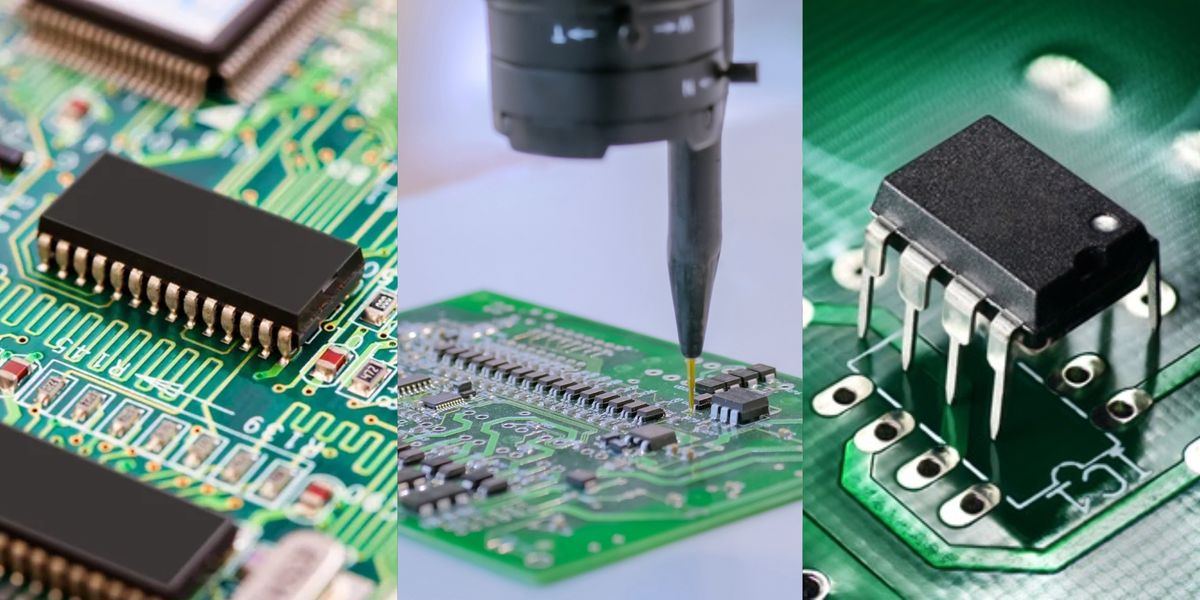
SMT VS SMD VS THT
This detailed guide will cover the fundamentals of SMT vs SMD, and THT, exploring their working principle, advantages and disadvantages, comparative analysis, and choosing the right one for electronics assembly.
Introduction
The world of electronics is shrinking, demanding ever-smaller and more powerful devices. This miniaturization race hinges on the assembly techniques used: Surface Mount Technology (SMT), Through-Hole Technology (THT), and their key component, Surface Mount Devices (SMDs). These techniques have revolutionized the way electronic devices are manufactured, each with its unique characteristics and applications.
SMT vs SMD, and THT are not just mere acronyms but represent different approaches to assembling electronic components onto a Printed Circuit Board (PCB). They have their roots in the evolution of electronics manufacturing, driven by the need for efficiency, miniaturization, and cost-effectiveness. Understanding these techniques is crucial as they influence the design, functionality, and reliability of electronic devices.
SMT reigns supreme in high-density, high-volume production, boasting miniaturized components and automated assembly for cost-effectiveness and speed. THT, while less compact, offers easier manual assembly and robust mechanical connections, making it ideal for larger components or prototyping. SMDs, the tiny stars of SMT, contribute to miniaturization and high-frequency performance, but require specialized handling.
Delving deeper, this guide will unveil the advantages, disadvantages, and ideal applications of SMT vs SMD and THT, empowering you to navigate the exciting world of electronics assembly with confidence.
Understanding the Basics
In the realm of electronics assembly, three key terms often come to the forefront: Surface Mount Device (SMD), Surface Mount Technology (SMT), and Through-Hole Technology (THT). These are distinct methodologies for assembling electronic components onto a Printed Circuit Board (PCB). Each technique has unique characteristics, applications, and effects on device design, functionality, and reliability. To fully grasp the nuances of electronics assembly, it is essential to understand these terms and the concepts they represent.
SMD (Surface Mount Device)
Surface Mount Devices, commonly known as SMDs, are a type of electronic component that has been designed to be mounted or placed directly onto the surface of PCBs. Unlike traditional components that require wire leads to be inserted into holes drilled in the PCB, SMDs eliminate this need, leading to a more streamlined and efficient assembly process.
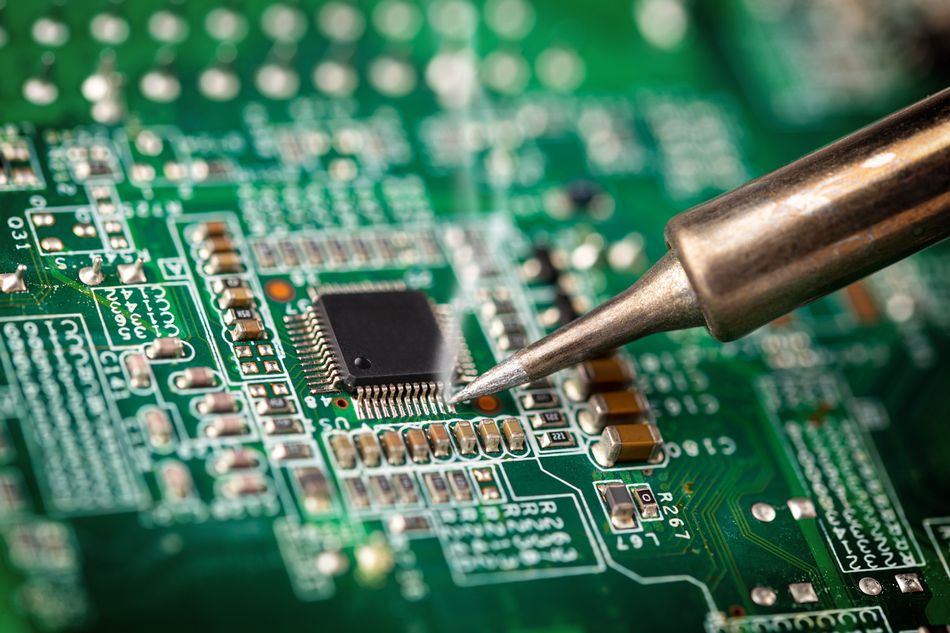
SMDs come in a variety of shapes and sizes, ranging from simple resistors, diodes, transistors, and capacitors to more complex integrated circuits. The miniaturization of electronic components has been a significant driver in the development and adoption of SMDs. As devices become smaller and more compact, the need for smaller components that can be mounted on the surface of the PCB becomes increasingly important. Replacing through-hole components with SMDs can reduce board size by up to 60% ~ 70%, allowing for denser, more compact devices. [1]
The use of SMDs offers several advantages in electronics assembly. Firstly, because they are mounted directly onto the surface of the PCB, they allow for a higher component density. This means that more components can be fitted onto a single PCB, enabling the creation of more complex and powerful electronic devices. Secondly, the assembly process for SMDs is typically faster and more automated than for traditional components, leading to increased production efficiency.
However, SMDs also have their drawbacks. Due to their small size, they can be more difficult to handle manually, requiring specialized equipment for placement and soldering. Additionally, they are generally not as robust as traditional components, making them more susceptible to damage from physical stress or high temperatures.
Despite these challenges, the use of SMDs has become increasingly prevalent in modern electronics assembly, driven by the ongoing trend towards miniaturization and the need for efficient, high-density PCB designs.
SMT (Surface Mount Technology)
Surface Mount Technology, or SMT, is a method used in the assembly of electronic devices. It involves mounting electronic components directly onto the surface of a Printed Circuit Board (PCB). This is in contrast to older assembly methods, such as Through-Hole Technology (THT), where components were inserted into drilled holes on the PCB.
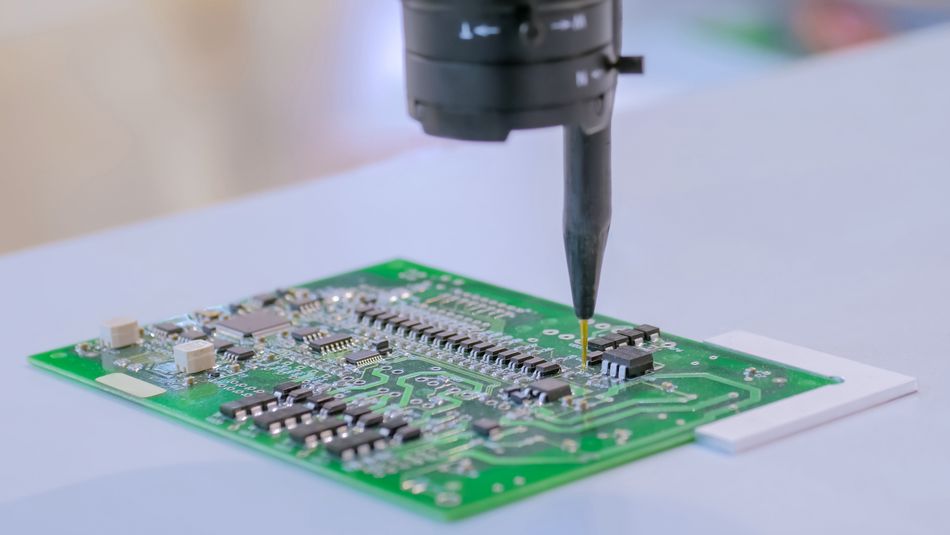
SMT is not a type of electronic component, like SMD, but rather a process for attaching components to a PCB. The process begins with the application of solder paste to the PCB. The surface mount components, which could be SMDs, are then placed onto the paste. The assembly is then heated, causing the solder paste to melt and form a mechanical and electrical connection between the component and the PCB. SMT assembly typically involves the use of automated pick-and-place machines, resulting in faster production times and reduced labor costs. [2]
The adoption of SMT has been driven by several advantages it offers over older assembly methods. Firstly, SMT allows for a higher component density, as components can be placed on both sides of the PCB. This enables the creation of smaller, more compact electronic devices. Secondly, the SMT process is highly automated, leading to increased production efficiency and lower manufacturing costs.
However, SMT technology also has its challenges. The process requires precise control of the solder paste application and component placement, necessitating the use of sophisticated equipment. Furthermore, SMT assemblies can be more susceptible to damage from thermal stress due to the smaller size and lower mass of the solder joints.
Despite these challenges, SMT has become the dominant assembly method in modern electronics manufacturing. Its ability to support the ongoing trend towards miniaturization, along with its cost and efficiency benefits, has made it an essential technology in the electronics industry.
THT (Through-Hole Technology)
Through-Hole Technology, often abbreviated as THT, is a method of assembling electronic components where component leads are inserted into drilled holes on a Printed Circuit Board (PCB) and then soldered to pads on the opposite side. This method of assembly has been around for many decades and was the standard method of assembly before the advent of Surface Mount Technology (SMT).
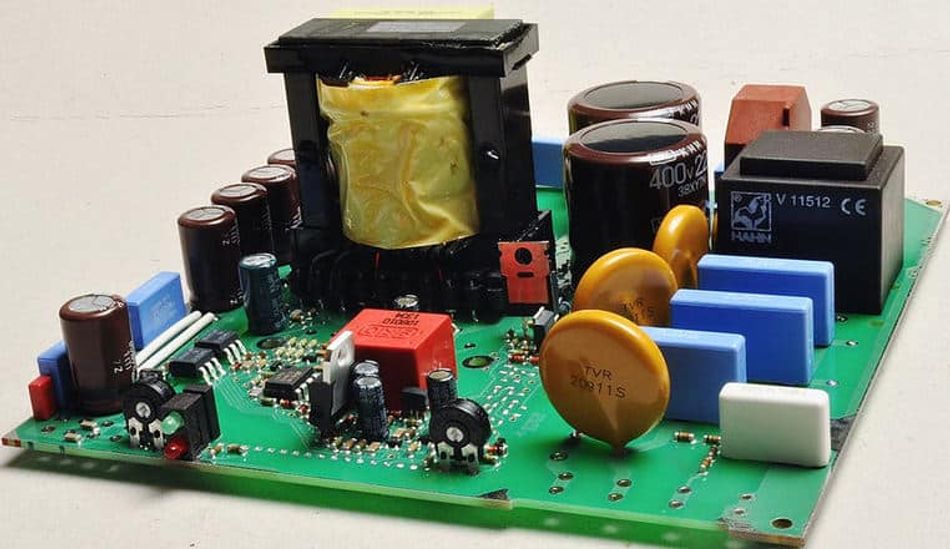
The process of assembling a PCB using THT involves several steps. First, the PCB is drilled with holes at the locations where the components will be placed. The components are then inserted into these holes, and the excess lead length is trimmed. The PCB is then flipped over, and solder is applied to the leads, creating a mechanical and electrical connection between the component and the PCB.
While THT offers the advantage of robustness, it also has several disadvantages. The process of drilling holes in the PCB adds to the manufacturing cost and time. Additionally, because the components are mounted on one side of the PCB and soldered on the other, THT does not allow for components to be placed on both sides of the PCB, limiting the component density.
Despite these disadvantages, THT continues to be used in many applications where robustness is required or where components are too large or unsuitable for surface mounting. While it has largely been supplanted by SMT in high-volume manufacturing, THT remains an important technique in the electronics assembly toolkit.
Recommended Reading: Guide to PCB Mounting: Techniques, Tips, and Best Practices
Comparing SMD, SMT, and THT
When it comes to electronics assembly, choosing the right method can significantly impact the efficiency of the process and the performance of the final product. Surface Mount Device (SMD), Surface Mount Technology (SMT), and Through-Hole Technology (THT) each have their unique characteristics, advantages, and disadvantages. By comparing these methods based on various parameters, we can gain a deeper understanding of their suitability for different applications.
Comparison Based on Assembly Process
The assembly process is a critical factor to consider when comparing SMD, SMT, and THT. Each of these methods has a distinct process that influences the efficiency, cost, and performance of the assembled product.
In the case of SMD, the components are placed directly onto the surface of the PCB. This process is typically automated, using pick-and-place machines that can accurately place the tiny SMD components at high speed. The use of SMDs allows for a high component density, enabling the creation of compact and powerful electronic devices. However, the small size of SMDs can make them challenging to handle manually, requiring specialized equipment for placement and wave soldering process.
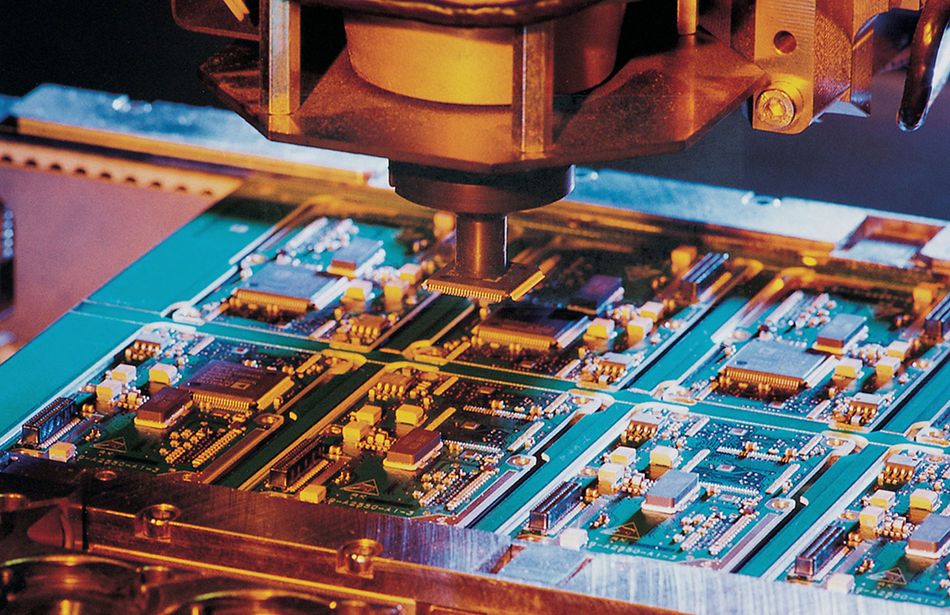
SMT, on the other hand, involves the application of solder paste to the PCB, followed by the placement of components onto the paste. The assembly is then heated, causing the solder paste to melt and form a connection between the component and the PCB. This process is highly automated, leading to increased production efficiency. However, it requires precise control of the solder paste application and component placement, necessitating the use of sophisticated equipment.
THT involves inserting component leads into drilled holes on the PCB and then soldering them to pads on the opposite side. This process creates a strong mechanical bond, making THT components more robust than their SMT counterparts. However, the process of drilling holes in the PCB adds to the manufacturing cost and time. Additionally, THT does not allow for components to be placed on both sides of the PCB, limiting the component density.
In summary, while SMD and SMT offer advantages in terms of component density and production efficiency, THT provides superior robustness. The choice between these methods will depend on the specific requirements of the electronics assembly project.
Comparison Based on Cost
Cost is a significant factor in the choice between SMD, SMT, and THT. Each of these methods has different cost implications, influenced by factors such as equipment requirements, manufacturing time, and component density.
SMD components are typically more expensive than their through-hole counterparts due to their smaller size and the complexity of their manufacturing process. However, the use of SMDs can lead to cost savings in the assembly process. Since SMDs are placed directly onto the surface of the PCB, the assembly process is faster and more efficient, leading to lower labor costs. Additionally, the higher component density achievable with SMDs can result in smaller PCBs, reducing material costs.
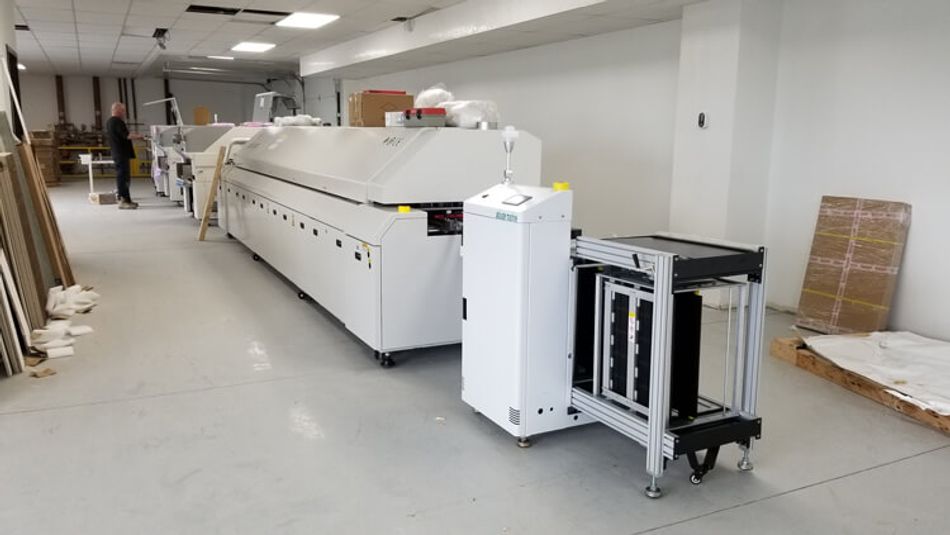
The SMT assembly process, while requiring a significant initial investment in sophisticated pick-and-place machines and reflow ovens, can lead to substantial cost savings in the long run. The high degree of automation in the SMT process reduces labor costs and increases production speed, allowing for higher volumes of production. [4] Furthermore, the ability to place components on both sides of the PCB can lead to smaller, more compact devices, reducing material costs.
In contrast, THT has higher assembly costs due to the time-consuming process of drilling holes in the PCB and manually inserting and soldering components. However, THT components themselves are typically cheaper than SMDs, and the equipment required for THT assembly is less expensive than that for SMT. Despite these cost advantages, the lower component density and slower production speed of THT make it less cost-effective for high-volume production.
In conclusion, while SMD and SMT may have higher initial costs, they can lead to cost savings in the long run due to their efficiency and high component density. On the other hand, THT, despite its lower initial costs, may be less cost-effective for high-volume production due to its slower assembly process and lower component density.
Comparison Based on Performance and Reliability
Performance and reliability are critical considerations in electronics assembly. The choice between SMD, SMT, and THT can significantly impact these aspects.
SMD components, due to their small size, can offer superior performance in high-frequency applications. The shorter leads and smaller sizes reduce parasitic inductance and capacitance, which can degrade performance at high frequencies. However, the small size of SMDs can also make them more susceptible to damage from physical shock or thermal stress, potentially impacting reliability.
The SMT assembly process, with its high degree of automation, can lead to consistent and high-quality assemblies. The solder paste used in SMT forms both a mechanical and electrical connection, providing good performance. However, the reliability of SMT assemblies can be impacted by factors such as the quality of the solder paste application and the accuracy of component placement. Furthermore, SMT assemblies can be more susceptible to damage from thermal stress due to the smaller size and lower mass of the solder joints.
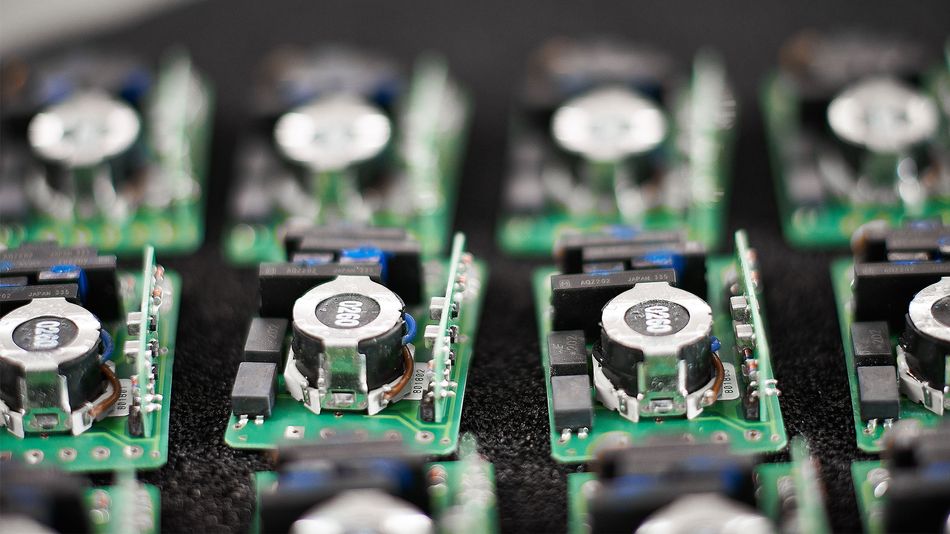
In conclusion, while SMD and SMT can offer superior performance, particularly in high-frequency applications, THT provides superior robustness and reliability. The choice between these methods will depend on the specific performance and reliability requirements of the electronics assembly project.
Recommended Reading: Types of SMD Components: A Comprehensive Guide
Choosing Between SMD, SMT, and THT
The choice between Surface Mount Device (SMD), Surface Mount Technology (SMT), and Through-Hole Technology (THT) depends on a variety of factors. These include the specific requirements of the electronics assembly project, the performance and reliability needs, the cost considerations, and the production volume. Each of these methods has its unique advantages and disadvantages, and understanding these can help in making an informed choice.
Factors to Consider
When choosing between SMD, SMT, and THT, several factors need to be considered. These include the nature of the electronic device being assembled, the performance requirements, the production volume, and the cost considerations.
The nature of the electronic device is a critical factor. For instance, if the device needs to be compact and lightweight, SMD and SMT would be the preferred choice due to their high component density. On the other hand, if the device needs to withstand physical stress or operate in harsh environments, THT would be a better choice due to its robustness. [5]
Performance requirements also play a significant role. For high-frequency applications, SMD and SMT are typically preferred due to their shorter leads and smaller size, which reduce parasitic inductance and capacitance. However, for applications where robustness and reliability are paramount, THT would be the preferred choice.
Production volume is another important consideration. For high-volume production, SMT is often the preferred choice due to its high degree of automation, which leads to increased production efficiency. However, for low-volume or prototype production, THT might be more suitable due to its lower equipment requirements.
Finally, cost considerations play a crucial role. While SMD and SMT might have higher initial costs, they can lead to cost savings in the long run due to their efficiency and high component density. On the other hand, while THT might have lower initial costs, it might be less cost-effective for high-volume production due to its slower assembly process and lower component density.
Case Studies
To illustrate the considerations in choosing between SMD vs SMT, and THT, let's look at a couple of case studies.
Case Study 1: High-Volume Consumer Electronics
Consider a company producing a high-volume consumer electronic device, such as a smartphone. The device needs to be compact and lightweight, and the company needs to produce millions of units per year. In this case, SMD and SMT would likely be the preferred choice. The high component density of SMD and SMT allows for the creation of compact and powerful devices. The high degree of automation in the SMT assembly process enables high production volumes. While the initial costs for SMD components and SMT equipment might be higher, the efficiency and high production volume can lead to cost savings in the long run.
Case Study 2: Industrial Control Systems
Now consider a company producing industrial control systems. These systems need to operate reliably in harsh environments and withstand physical stress. The production volume is lower, and the size of the system is not a critical factor. In this case, THT would likely be the preferred choice. The robustness of THT assemblies makes them suitable for harsh environments. The lower equipment requirements and the ability to handle manual assembly make THT a cost-effective choice for low-volume production.
These case studies illustrate how the specific requirements of an electronics assembly project can influence the choice between SMD, SMT, and THT. It's important to consider all relevant factors, including the nature of the device, performance requirements, production volume, and cost considerations, to make an informed choice.
Recommended Reading: Through Hole vs Surface Mount: Unveiling the Optimal PCB Assembly Technique
Conclusion
In the world of electronics assembly, understanding the differences between Surface Mount Device (SMD), Surface Mount Technology (SMT), and Through-Hole Technology (THT) is crucial. Each method has its unique characteristics, advantages, and disadvantages, which can significantly impact the efficiency, cost, performance, and reliability of the final product. By considering factors such as the nature of the electronic device, performance requirements, production volume, and cost considerations, you can make an informed choice between SMD, SMT, and THT for your specific electronics assembly project.
FAQs
Q: What is the main difference between SMD and SMT?
A: SMD (Surface Mount Device) refers to the electronic components designed to be mounted directly onto the surface of a Printed Circuit Board (PCB). SMT (Surface Mount Technology) is the process of attaching these components to the PCB using solder paste and reflow soldering.
Q: How does THT differ from SMT?
A: THT (Through-Hole Technology) is an older assembly method where component leads are inserted into drilled holes on a PCB, vias and soldered to pads on the opposite side of the board. SMT, on the other hand, involves mounting components directly onto the surface of the PCB using solder paste.
Q: When should I choose SMT over THT?
A: SMT is generally preferred for high-volume production, compact and lightweight devices, and high-frequency applications due to its higher component density, automation, and reduced parasitic inductance and capacitance. However, THT might be a better choice for applications requiring robustness, reliability, and the ability to withstand harsh environments.
Q: Are SMD components more expensive than through-hole components?
A: SMD components are typically more expensive than their through-hole counterparts due to their smaller size and the complexity of their manufacturing process. However, the use of SMDs can lead to cost savings in the assembly process due to their higher component density and more efficient assembly.
Q: Can THT and SMT be used together on the same PCB?
A: Yes, THT and SMT can be used together on the same PCB. This is known as mixed technology assembly and is often employed when certain components require the robustness of THT, while others benefit from the high component density and efficiency of SMT.
References
[1] PCBWay. Advantages and Disadvantages of Surface Mount Packages [Cited 2024 February 08] Available at: Link
[2] Hillmancurtis. SMT ASSEMBLY FOR PCB MANUFACTURING: 9 ESSENTIAL FACTS TO UNDERSTAND [Cited 2024 February 08] Available at: Link
[3] pcba-manufacturers. THT PCB – the only guide you need [Cited 2024 February 08] Available at: Link
[4] Flason. What is SMT production line? [Cited 2024 February 08] Available at: Link
[5] Raypcb. SMD vs THT vs SMT: What Are The Differences [Cited 2024 February 08] Available at: Link
